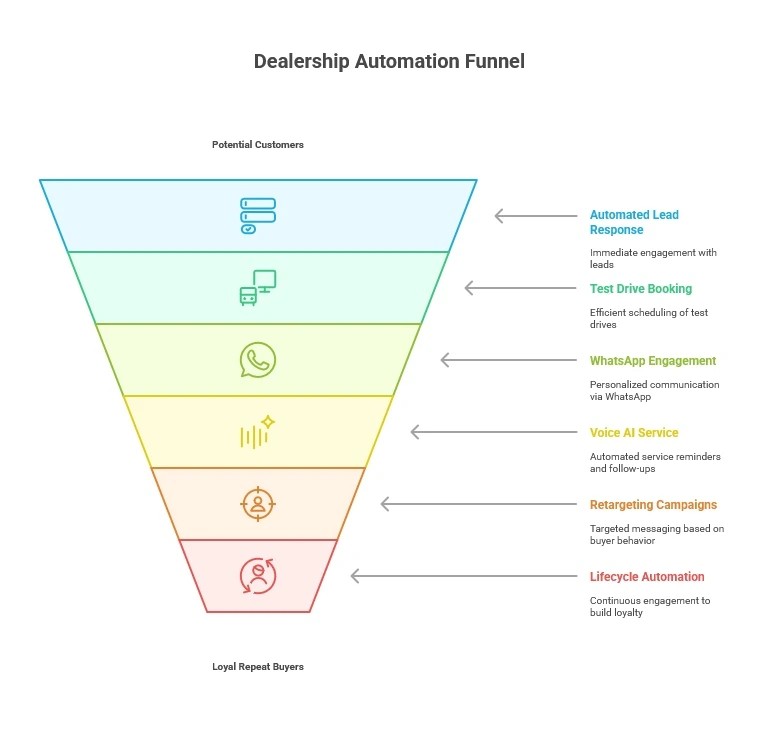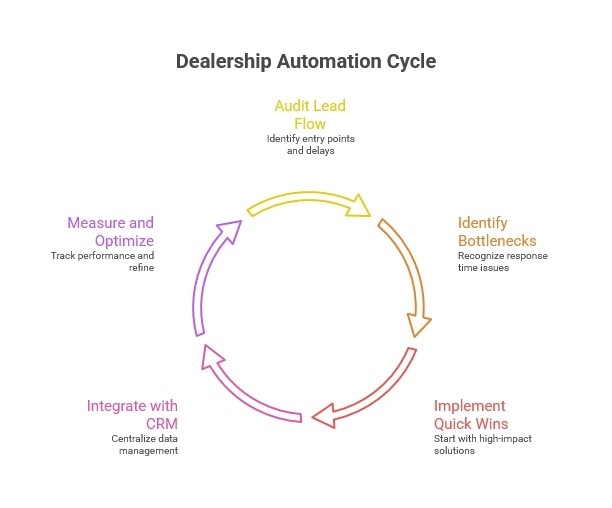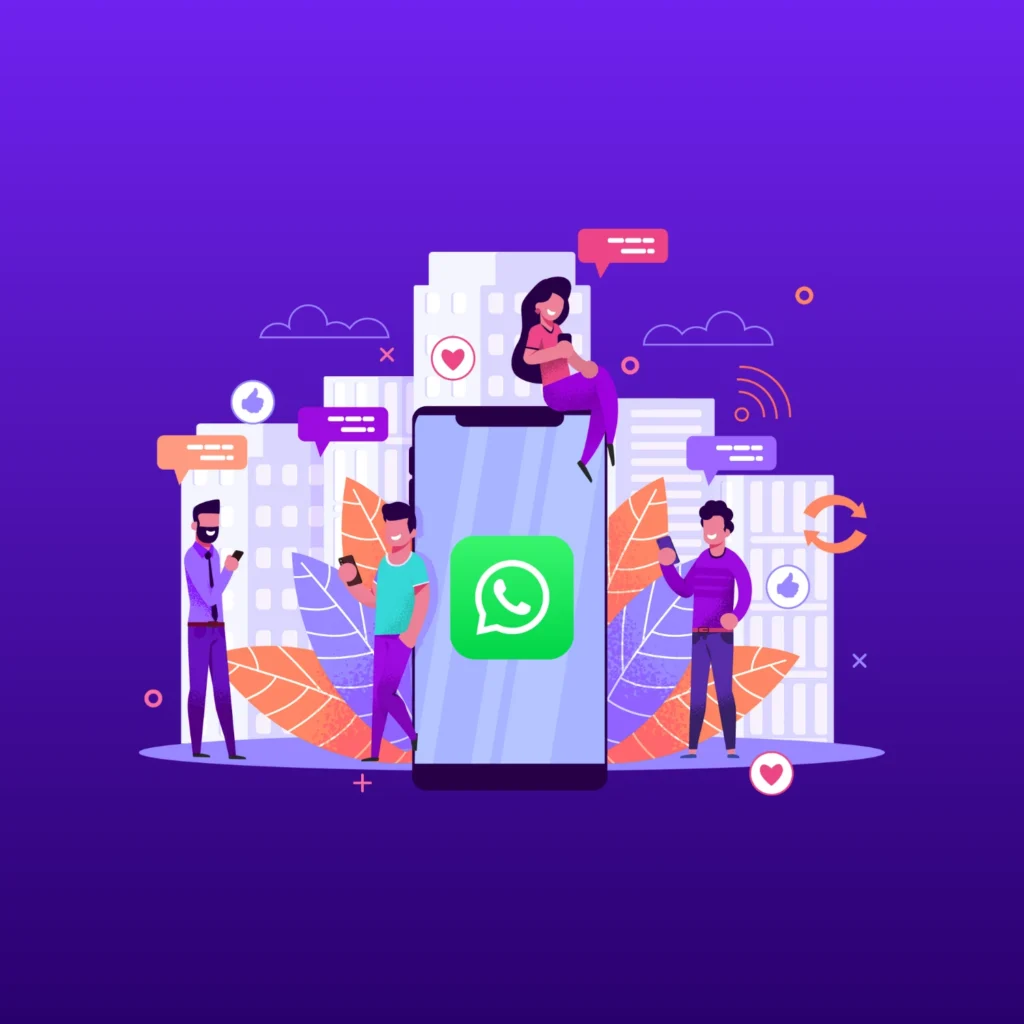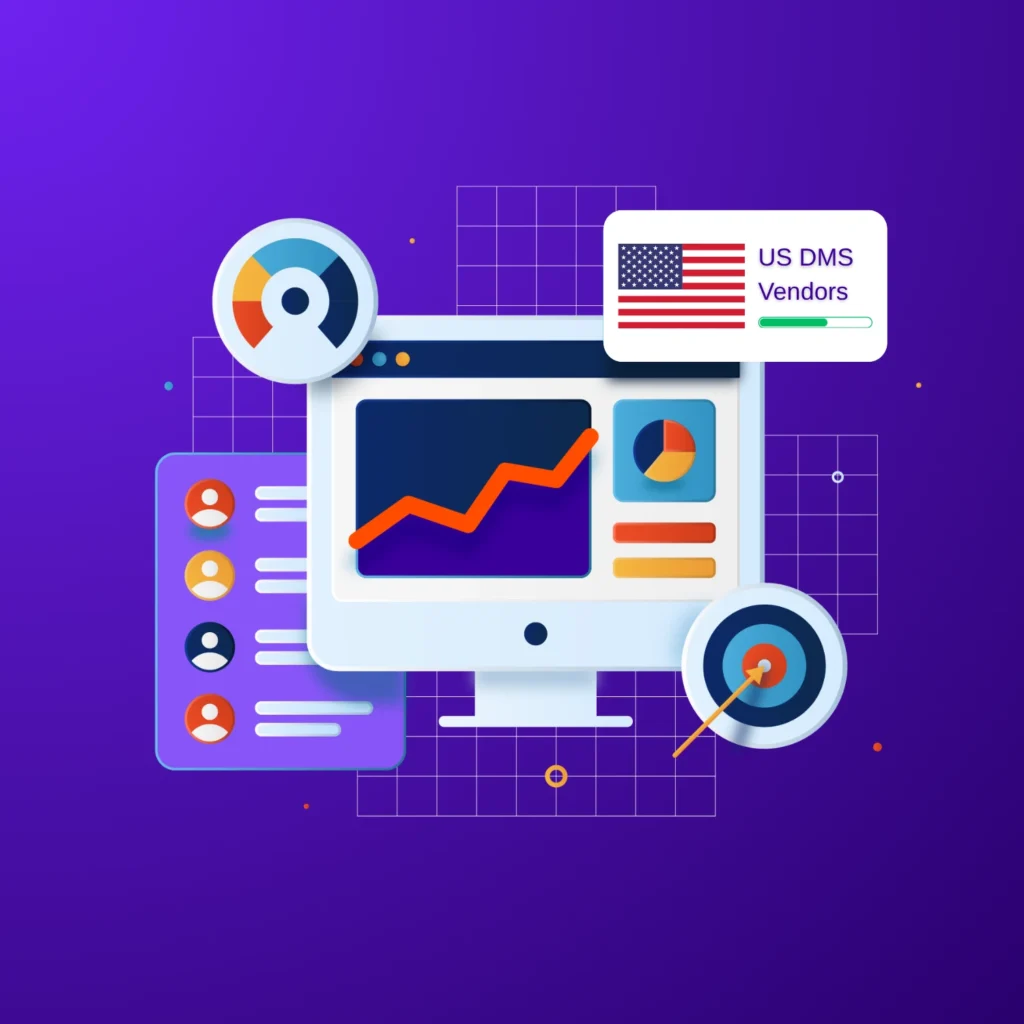The last few years have reshaped the automotive retail world in ways no one could have predicted. Today, over 70% of car buyers begin their journey online on OEM websites, marketplace portals, YouTube, Instagram, and increasingly, WhatsApp. This digital shift has created a surge in inquiries for dealerships. But it has also exposed a painful truth: most stores are simply not equipped to handle lead velocity at the speed customers expect.
While every dealership invests in promotions, digital ads, and online listings, very few invest in dealership marketing automation, the single biggest driver of faster lead response, higher engagement, and consistent follow-up. Instead, stores continue to hire more BDC agents, assuming more manpower equals more sales. In reality, the industry’s biggest revenue loss has never been “not enough staff.” It has always been “not enough process.”
This blog goes deep into why automation, not headcount, is now the most strategic investment for dealerships and how a structured automation system can improve automotive lead conversion, reduce no-shows, and scale your customer engagement across WhatsApp, voice, website, and CRM without adding a single employee.
The New Reality of Dealership Lead Management
Post-COVID, online research and eRetail behavior skyrocketed. Leads from websites, OEM campaigns, social media, and aggregator platforms grew exponentially but dealership operations didn’t evolve at the same speed.
Here is the current reality:
- Customers expect a response in under 15 minutes
- Most dealerships take 2–6 hours to respond
- BDC teams are overwhelmed with multi-channel inquiries
- Staff turnover disrupts follow-up consistency
- Leads slip through cracks with no tracking or cadence
- 60–76% of leads go cold due to slow follow-up
This is exactly why dealership marketing automation has become essential. When every minute matters and buyers contact multiple dealers at once, automation ensures your store responds instantly, nurtures continuously, and captures intent before someone else does.
Why Hiring More Staff Doesn’t Solve the Lead Problem
For years, the automotive industry believed:
“More leads = hire more people.”
But the data shows the opposite. Even well-staffed BDC teams lose leads because:
- Human agents can’t respond instantly at scale
- Most follow-ups are manual, repetitive, and inconsistent
- Peak hours create sudden load spikes
- Follow-up reminders depend on memory
- Salespeople prioritise “hot leads,” letting others fade
- No cross-channel visibility between WhatsApp, web chat, and CRM
Hiring more staff increases cost, not efficiency.
Dealership marketing automation, on the other hand, creates a predictable, structured, always-on system that never forgets a follow-up, never delays a response, and never stops working.
Automation replaces the variability of human-led communication with the reliability of AI-driven systems.
What Dealership Marketing Automation Actually Does
Many people confuse automation with a basic chatbot, but the real scope is much broader. With proper implementation, automation becomes the backbone of your customer engagement engine.
1. Automates Lead Follow-Up Across All Channels
Whether a lead comes from Meta ads, OEM portals, walk-in QR scans, or your website, automation ensures:
- Instant acknowledgment
- Immediate qualification questions
- Automatic assignment to CRM
- Early-stage nurturing
Customers don’t wait. They engage right away, when intention is highest.
2. Qualifies Buyers Without Needing a Salesperson
An automated flow can determine:
- Model interest
- Budget bracket
- Preferred variants
- Fuel preferences
- Expected buying timeline
- Exchange vehicle details
This means your sales team gets context, not just contact numbers.
3. Improves Automotive Lead Conversion Through Personalisation
Generic messaging kills conversions. Automation uses customer behavior to adapt messaging automatically:
- Different responses for first-time buyers vs repeat buyers
- Different reminders for test-drive leads vs service leads
- Follow-up frequency adjusted based on engagement
- Behavioural triggers based on website revisit or WhatsApp interaction
It’s personalisation at scale; something humans simply can’t deliver consistently.
4. Reduces No-Shows With Smart Test Drive Flows
No-shows are a massive revenue leak.
Automation fixes this through:
- 3-touch reminder sequences
- Automated rescheduling options
- Location reminders
- Vehicle availability confirmations
Dealerships report a 20–30% reduction in no-shows after implementing automated test-drive workflows.
5. Strengthens Customer Relationships Across the Entire Lifecycle
Automation doesn’t stop at pre-sales.
It continues to engage customers after delivery:
- Service reminders
- Insurance renewal nudges
- Feedback calls via Voice AI
- Upsell / cross-sell alerts
- Finance and accessory promotion flows
This builds lifetime value; the single most important metric for long-term dealership profitability.
Where Dealerships Lose Leads (and How Automation Stops the Leakage)
Lead Leakage Problem #1: Slow Response
Customers contact 3–4 dealerships within minutes.
If you respond first, you win the conversation. If you respond late, you lose the customer.
Automation solves this by responding instantly, collecting intent, sharing brochures, and booking appointments automatically.
Lead Leakage Problem #2: Follow-Ups That Rely on Human Memory
BDC teams juggle hundreds of leads daily. Missed reminders, forgotten callbacks, and inconsistent cadence lead to lost business.
Automation creates a fixed, error-proof follow-up rhythm that continues for days or weeks automatically.
Lead Leakage Problem #3: Zero Personalisation
Buyers feel like they’re receiving the same message from every dealership.
Automation changes this by sending behavior-based messages, tailored to each customer’s journey — improving engagement dramatically.
Lead Leakage Problem #4: High No-Shows for Test Drives
Most dealerships send only a single confirmation message.
Automation sends:
- Pre-booking reminders
- Route maps
- Follow-up nudges
- “Running late?” rescheduling options
This one workflow alone can recover dozens of lost opportunities each month.
The 2025 Blueprint: Essential Automations Every Dealership Must Implement

1. Automated Lead Response and Qualification
This is the foundation of dealership marketing automation — ensuring no lead ever waits for a human reply.
2. Automated Test Drive Booking Flows
An AI-managed booking + reminder + rescheduling system ensures maximum show-ups.
3. WhatsApp Engagement Automation
WhatsApp is the #1 communication channel for Indian automotive buyers.
Automated flows handle:
- Brochures
- Price lists
- Offers
- Variant comparison
- EMI calculators
- Booking links
4. Voice AI for Service Handling
Voice AI can make thousands of calls at once; something no human team can do.
It is used for:
- Service reminders
- Renewal alerts
- Payment follow-ups
- Feedback collection
5. Retargeting Campaigns Based on Buyer Behavior
Behavior-triggered campaigns ensure follow-up happens the moment a buyer shows intent.
Inventory viewed → send variant info
EMI calculated → send finance options
Abandoned booking → send reminder
This is smart automation; not generic messaging.
6. Lifecycle Automation That Converts Customers Into Repeat Buyers
A unified automation system ensures every customer stays connected to the dealership through:
- Delivery-day workflows
- Service cycle follow-ups
- Accessories promotions
- Exchange schemes
- Anniversary touchpoints
This builds loyalty without adding operational burden.
A Real Example: How Automation Improved Lead Conversion
A leading Maruti Suzuki dealership group implemented DaveAI’s conversational AI and automation engine across its digital touchpoints including WhatsApp, website chat, and service communication flows. The goal was simple: reduce the overload on the BDC team while improving response speed and test-drive conversions.
Within the first 90 days, the results were significant:
- Response time dropped from over 60 minutes to under 1 minute thanks to automated engagement across WhatsApp and web.
- Lead qualification accuracy increased because the AI gathered model preference, budget range, exchange interest, and buying timeline before handing off to sales.
- No-shows reduced by 28% through automated test-drive reminders and intelligent rescheduling flows.
- Service booking confirmations improved, with Voice AI triggering reminder calls at scale.
- The dealership recorded a 34% improvement in qualified lead conversions, even without expanding its BDC team.
The biggest shift?
Customers received fast, consistent, personalised communication — while the dealership team focused solely on closing.
A light reference to Autobot here fits naturally:
“Solutions like DaveAI’s Autobot played a key role, not as a replacement for staff, but as a tireless 24/7 digital sales partner that ensured every lead was nurtured, every reminder was sent, and every opportunity stayed warm.”
This transformation clearly shows how dealership marketing automation delivers measurable improvements in engagement, conversion, and operational efficiency when deployed correctly and why major OEM dealership groups like Maruti Suzuki have started adopting intelligent automation at scale.
Automation vs Hiring: Understanding The Cost Advantage
The True Cost of Hiring More Staff
- Salaries
- Training time
- Onboarding delays
- Variable performance
- Shift coverage
- Attrition
For each new BDC agent you hire, your cost goes up while lead volume fluctuates unpredictably.
The Cost of Automation
- Predictable
- Scalable
- Instant
- 24/7
- No training required
- Handles peak loads effortlessly
This is why dealership marketing automation delivers higher ROI than expanding headcount.
Automation handles the top of the funnel; your human team focuses on closing.
The Technology Behind Modern Dealership Marketing Automation
The automation ecosystem typically includes:
Conversational AI
Used across web chat, WhatsApp, Meta channels, and social pages. It captures leads, qualifies them, shares brochures, and books appointments.
Voice AI
Handles thousands of calls simultaneously; ideal for service reminders, follow-ups, confirmations, and payment alerts.
CRM Integrations
Automation pipelines sync with dealer CRMs, ensuring:
- Lead imports
- Status tracking
- Workflow triggers
- Follow-up synchronization
This seamless integration ensures no lead is ever lost or duplicated.
How Dealerships Can Implement Automation the Right Way

The most successful dealerships follow a simple approach:
Step 1: Audit Your Lead Flow
Identify every entry point and understand where delays happen.
Step 2: Identify Bottlenecks
It’s usually response time, missed follow-ups, and lack of personalisation.
Step 3: Start With High-Impact Quick Wins
Most dealers begin with:
- Auto-response
- WhatsApp nurturing
- Test-drive automation
- Voice AI reminders
Step 4: Integrate with CRM
The CRM becomes your single source of truth.
Step 5: Measure, Optimise, and Scale
Track conversion, show-up rates, engagement, and pipeline velocity and continuously refine your workflows.
Final Thoughts: The Dealership That Automates Today Will Lead Tomorrow
The automotive industry is moving rapidly toward digital-first, always-on customer experiences. Dealers who rely solely on manpower will always struggle with speed, scale, and consistency.
But dealers who invest in dealership marketing automation will:
- Respond faster
- Convert more leads
- Reduce no-shows
- Improve operational efficiency
- Lower customer acquisition costs
- Build stronger relationships
- Scale without hiring aggressively
Automation doesn’t replace people; it makes your people unbeatable.
As the industry evolves, Autobot-like AI systems represent the next era of dealership sales assistance: intelligent, fast, reliable, and available around the clock.
The dealerships that adopt automation today will become the market leaders of tomorrow.



